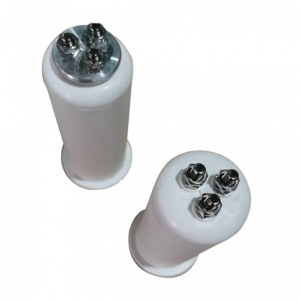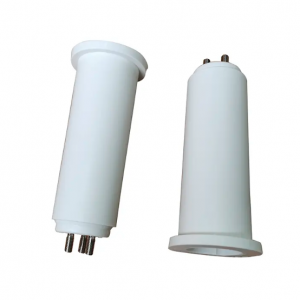High-voltage cable receptacles play a vital role in renewable energy infrastructure, helping to efficiently transmit the high-voltage electricity generated by renewable energy sources. As the need for clean energy continues to escalate, the importance of these outlets cannot be overstated. This article will delve into the importance of high voltage cable sockets in renewable energy infrastructure, discussing their key features and benefits.
Firstly, high voltage cable outlets act as connection points between generating equipment and the transmission system. Since renewable energy sources such as solar and wind power can generate high voltage electricity, high voltage cable sockets are critical to ensuring the safe and efficient transmission of power to the grid. These sockets facilitate the connection of high-voltage cables for seamless energy transfer.
In addition to facilitating power transmission, high voltage cable sockets also play a vital role in system protection. Renewable energy infrastructure typically consists of various components, including inverters, transformers and switchgear, among others. The high-voltage cable socket acts as an interface between these components, ensuring system coordination and reliable protection. By providing secure connections and efficiently managing high-voltage power flows, they prevent equipment overload and contribute to the overall stability of renewable energy infrastructure.
Additionally, high voltage cable sockets contribute to the flexibility and scalability of renewable energy systems. As the demand for clean energy continues to grow, infrastructure must accommodate expansion and advancement. High voltage cable sockets are designed to handle high voltage levels, enabling the integration of new power generation sources into existing infrastructure. This flexibility allows for the seamless expansion of renewable energy systems, enabling them to adapt to future energy demands.
In terms of advantages, high voltage cable sockets offer significant advantages for renewable energy infrastructure. One of the main advantages is their ability to efficiently handle high power loads. This efficiency helps reduce energy loss during transmission, minimizes waste and maximizes the use of renewable energy. In addition, high voltage cable sockets are designed to withstand harsh environmental conditions, ensuring that renewable energy infrastructure can remain operational even in extreme weather conditions.
In addition, high-voltage cable sockets increase the safety of renewable energy systems. Its robust construction and design protect against electrical malfunctions and breakdowns, minimizing the risk of accidents to the operator and the surrounding environment. Additionally, these outlets feature advanced technology that allows for remote monitoring and diagnostics. This capability enables efficient maintenance and troubleshooting, ensuring the continued operation of the renewable energy system.
In conclusion, high voltage cable receptacles are an important part of the renewable energy infrastructure. They facilitate efficient transmission of high-voltage power, provide system protection, and contribute to the flexibility and scalability of renewable energy systems. In addition, they offer significant advantages including efficient electrical load handling, enhanced security and remote monitoring capabilities. As the world continues to transition to clean energy, the role of high voltage cable sockets in enabling the seamless integration of renewable energy cannot be overlooked. Their contribution to the growth and development of sustainable energy infrastructure is invaluable.
Post time: Sep-01-2023



